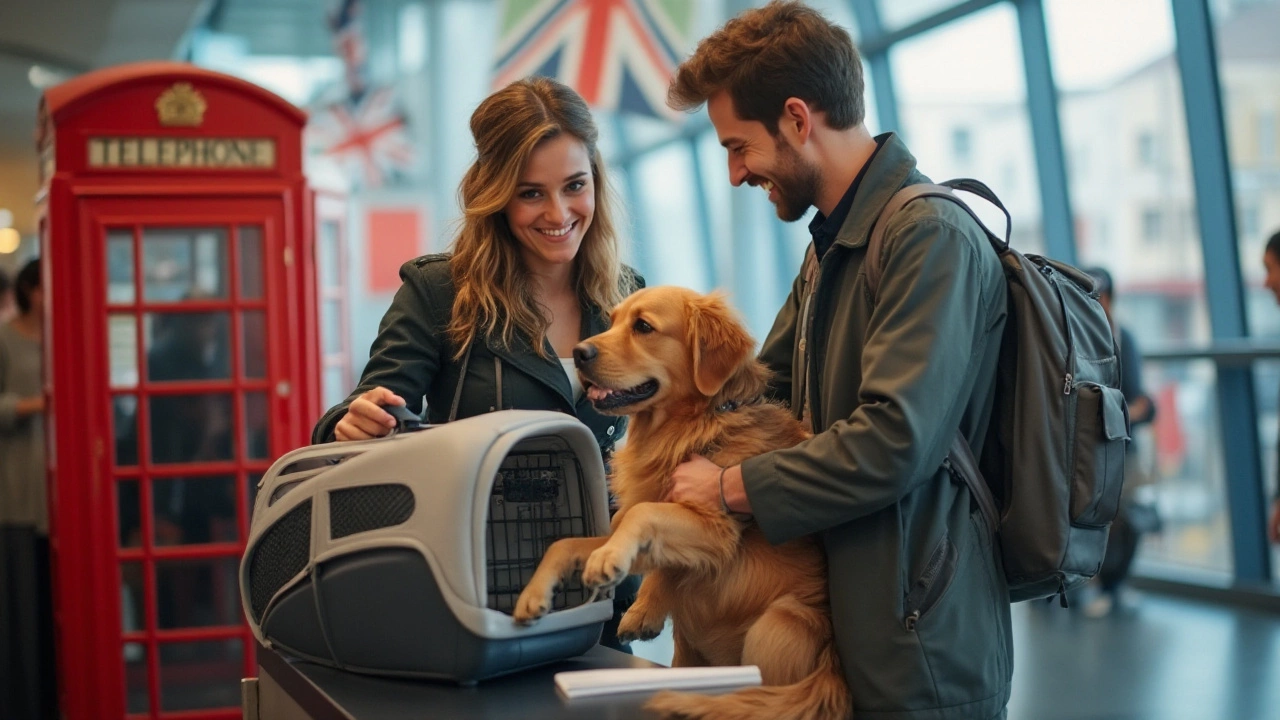Air Travel with Dogs: Essential Tips for Safe Flights
Planning a trip and want to bring your dog on the plane? You’re not alone. Hundreds of owners pack their pets for a flight each week, but the process can feel confusing. This guide breaks down the key steps so you can focus on the destination instead of paperwork.
Understanding Airline Rules
First thing – check the airline’s pet policy. Most UK carriers let dogs travel in the cabin if they weigh under 8 kg (including carrier). Bigger dogs usually go in the cargo hold, which is climate‑controlled but still needs a sturdy crate. Some airlines charge a flat fee, while others calculate cost by weight. Make sure you know the exact amount before you book.
Every airline has a limit on how many pets are allowed in the cabin per flight, so book early. You’ll also need a health certificate from your vet dated within ten days of departure. The certificate proves your dog is up‑to‑date on vaccinations and fit to fly. Some destinations require additional paperwork, such as an import permit or a microchip scan. Keep all documents in a folder you can pull out at check‑in.
Preparing Your Dog for the Journey
Choose a carrier that fits under the seat in front of you and lets your dog stand, turn around, and lie down comfortably. A soft bedding layer helps calm nerves, and a familiar blanket adds a scent cue that can reduce anxiety. Put a water dish that can be slipped in and out of the carrier, and offer small sips before boarding. Avoid feeding a big meal for a few hours before the flight to prevent stomach upset.
Exercise your dog before the airport. A 30‑minute walk burns excess energy and helps your dog relax in the terminal. When you reach the gate, keep the carrier upright and avoid opening it unless the staff asks. If your dog shows signs of stress, a calming spray or a vet‑approved anxiety treat can make a difference. Remember, most dogs are curious about the bustling environment, so a calm voice and gentle pats go a long way.
During the flight, keep the carrier in the same position you used at the gate. Do not remove your dog unless the crew says it’s safe. The cabin temperature is usually set for human comfort, but a light blanket can help if the air feels chilly. If the flight is long, ask the flight attendant if you can briefly open the carrier to let your dog stretch its legs; many airlines allow a short, supervised break.
After you land, give your pup a chance to relieve itself outside the terminal. Look for a designated pet relief area – most major airports have one near the arrivals hall. A quick walk and a drink of water help your dog readjust to the new environment.
Flying with a dog does take extra planning, but the process isn’t as hard as it seems. Check the airline’s rules early, get the right health paperwork, pick a comfortable carrier, and give your dog plenty of exercise and reassurance. Follow these steps and you’ll arrive at your holiday spot with a happy, calm pup ready for adventure.
Posted By Bryndle Redding On 3 Dec 2024 Comments (0)
Flying with Fido: Air Travel Tips for Your 50lb Dog
Traveling by air with a 50lb dog demands careful planning and a sprinkle of bravery for both pet and owner. It involves knowing the airline’s policies on pet travel, selecting a fitting pet carrier, and preparing your dog both mentally and physically for the flight. With the right information at your fingertips, you and your furry friend can enjoy a smooth journey. This article guides you through the essentials of air travel with a medium-sized dog.
READ MORE